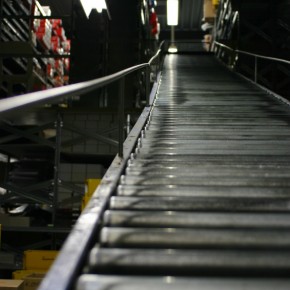Can I still claim capital expenditures for SR&ED?
Updated to Reflect New Policies (2022)
*** Some of the policies referenced were updated 2021-08-13. This article has been updated and is accurate as of 2022. ***
There are new SR&ED rules for capital equipment—do you know how they affect you?
January 1, 2014, marked a monumental change for the Scientific Research & Experimental Development (SR&ED) tax credit: On that day, capital expenditures—depreciable property to be used >90% of its expected life for the purpose of SR&ED—became ineligible expenses under the program. The amendment was largely derided—especially by the manufacturing industry—but now that it’s official, it’s important to understand how the new rule affects your claim.
Capital expenditures are ineligible…but can you still claim them?
When filling out the new T661,1 it’s critical to use the T4088 2 as a guideline to ensure you are filling out each line precisely how the Canada Revenue Agency (CRA) wants you to. Line 390 – Capital Expenditures, on the previous T661 form (15-e) stated:
Enter the amount of SR&ED capital expenditures made before 2014. Expenditures of a capital nature made after 2013 will not qualify for SR&ED tax incentives.
We’ve bolded the important part: While capital expenditures are ineligible now, if they were purchased before 2014 (i.e., before the new rule became official) they can still be claimed. This is an easy point to miss if you’re not reading the fine print. As of January 1, 2021, Line 390 – Capital Expenditures has been removed from the T661 form.3
“Ready and available for use”
There is a small catch, of course. It’s not enough to just have purchased the equipment prior to 2014; all capital expenditures need to have been ready and available for use by the cut-off date. You don’t necessarily have to have used the equipment by that point, but it’s vital that the equipment was ready to be used—taken “out of the box” and ready to be put to work for your SR&ED project by December 31, 2013. This is an incredibly important distinction; given the sharp increase in CRA reviews over the past year, it’s inevitable that any submissions claiming capital expenditures will be heavily scrutinized. Be prepared to provide supporting documentation—receipts, pictures of the equipment showing it as ready and available for use, etc.—to substantiate your numbers.
